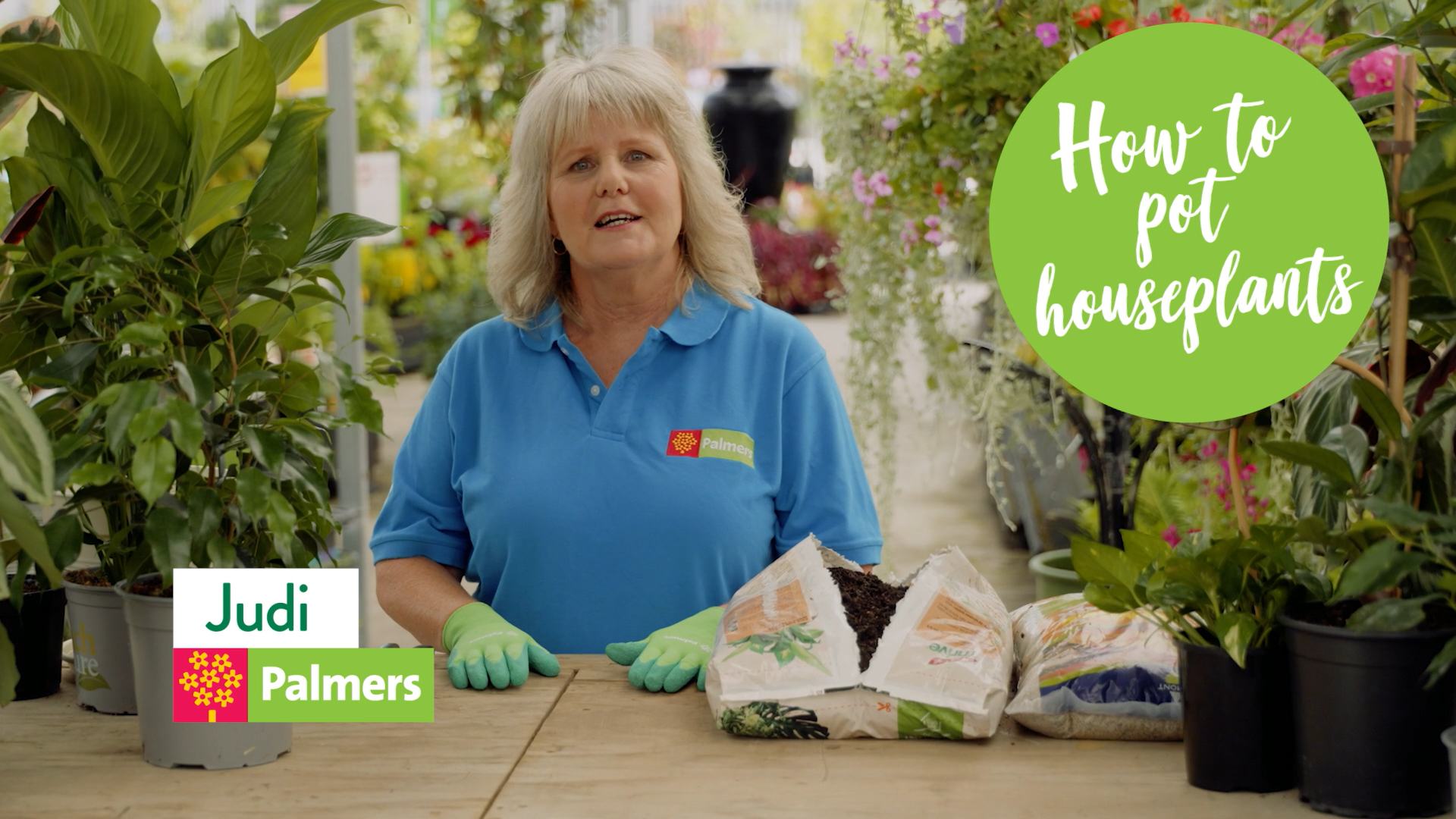Repotting houseplants
Re-potting houseplants can seem like a daunting task, especially if the plant is large or spiky! As they grow over time, it is necessary to re-pot houseplants to maintain plant health and to make sure their roots have enough room. You may also re-pot because you want to change the container the plant is in. If the plant seems to have stopped growing or has slowed growth, it is possible it has become pot-bound. If it’s a small plant, turn the pot on its side and ease the plant out of its container. Take a peek at its roots. Are they coiled in the bottom of the pot? If so, it’s definitely time to re-pot.
When to re-pot
If your plant has just come home from the garden centre, don’t re-pot it right away as your plant will need to adjust to its new light, temperature and humidity conditions first. If you would like to cover up the plain plastic pot we recommend a using a cover pot for the time being.
Your plant will be more than happy to stay in its original plastic pot until it is actively growing and you start to see the roots pushing out the bottom, so don’t feel that you have to re-pot it right away, most plants are better off slightly root bound rather than sitting in more soil than they need.
In general most young, actively growing houseplants will need to be moved into slightly larger pots once a year. Slower growing or larger plants like ficus are generally needing to be repotted once every two years when they seem to outgrow their pot or look top-heavy. If your plant is thriving you can assume it is happy in its pot.
How to Repot
- To remove the plant from its original pot, turn it on its side and ease the plant out gently. If the plant won’t budge, you may have to tap the bottom of the pot on a hard surface to loosen it. Or, slide a trowel or knife around the inside of the pot, taking care not to damage the rootball.
- If you are repotting a strong, root-bound plant that needs dividing up, you may need to prune the roots. When pruning the roots use very sharp secateurs or a clean Stanley knife.
- The less you disturb the roots the better off your plant will be in its new pot.
- Partly fill the new container with a potting mix. We recommend using Tui All Purpose Potting Mix, or 2/3 pot power mixed with 1/3 fine pumice for plants that like well-draining soil (e.g. Pothos, Calathea, Hoya).
- Centre the plant in its container, then fill the sides of the plant with additional mix. Tamp it down with your fingers, especially around the sides of the pot.
- Water thoroughly to moisten roots and to settle the potting mix, half an hour later tip out any excess water from the saucer.
- Add more mix if needed.

|
 |




